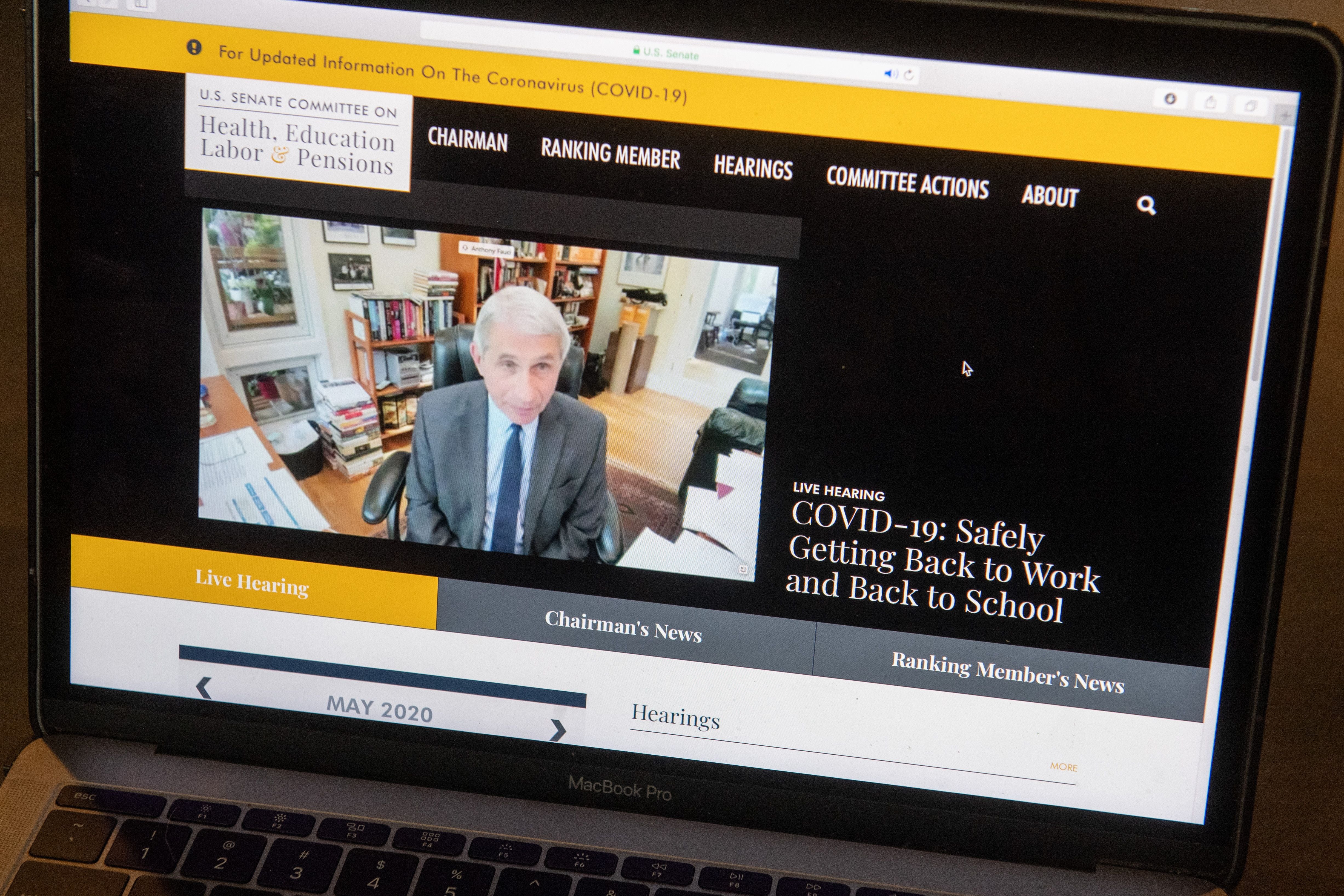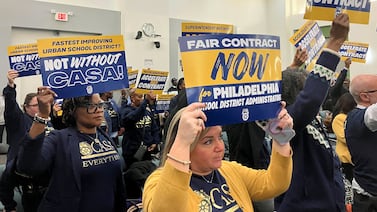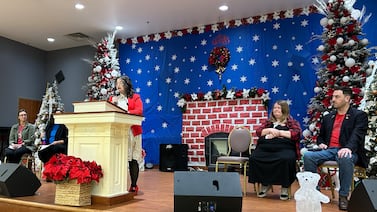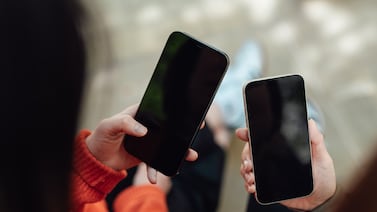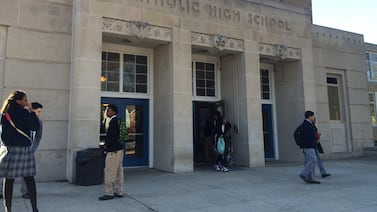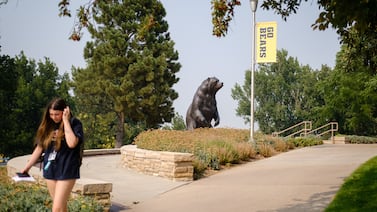Dr. Anthony Fauci, the nation’s top infectious disease expert, acknowledged the painful tradeoffs that come with closing schools to protect the broader public’s health on Tuesday.
Testifying virtually at a Senate committee hearing, Fauci said federal officials were aware of the “unintended deleterious consequences of having children out of school,” but didn’t have an easy way to address them.
“It’s obviously very difficult,” he said. “I don’t have a good explanation or solution to the problem of what happens when you close schools and it triggers a cascade of events.”
He was responding to Louisiana Sen. Bill Cassidy, who offered a lengthy list of those concerns. Children out of school, Cassidy noted, are “potentially away from enhanced nutrition, without the parent being able to work because school provides daycare, without the monitoring that sometimes occurs for incidences such as child abuse, perhaps most importantly for all children, the opportunity cost of a brain which is forming not having access to the information that will help that brain form optimally.”
“Has there been any kind of risk-benefit ratio for the child?” he asked.
Those tradeoffs are top of mind for states and school districts trying to decide when it will be safe for students and educators to go back to school buildings. The head of the Centers for Disease Control told senators at the hearing that guidance to help determine when it’s safe for schools to reopen will be available “soon,” but is still under review.
For now, states and school districts are making plans without specific recommendations from federal public health experts — a state of affairs that has frustrated some lawmakers and potentially sets schools up for a second round of confusion in the fall about when to reopen and what to do if there is another outbreak in their community.
“I do think it would be good to have: OK, in a primary school setting, this is best practice, or these are three options and choose between one of these three,” Cassidy said. “To say to each school district, or each private or parochial or independent school: work with your state board of health, figure it out, seems a wasted effort.”
Others, like Kentucky Sen. Rand Paul, disagreed. He argued a national strategy would mean many students would lose out on school unnecessarily.
“I think the one-size-fits-all, we’re going to have a national strategy and nobody is going to go to school is kind of ridiculous,” Paul said. “We really ought to be doing it school district by school district.”
The CDC drafted guidance that was supposed to help school districts, child care centers, and others make decisions about when it would be safe to reopen, but the guidance was reportedly rejected by the White House, which saw the suggestions as too prescriptive.
Fauci himself was asked whether he thought schools shouldn’t reopen in the fall. He said he expected decisions would vary, depending on what the outbreak looks like locally in a few months.
“We’ll just have to see on a step-by-step basis,” he said. “We have a very large country, and the dynamics of the outbreak are different in different regions of the country, so I would imagine that situations regarding school will be very different in one region versus another.”
Another uncertainty, Fauci acknowledged, is exactly how the coronavirus affects children. When Paul noted there were lower death rates among children and teens, Fauci warned that children aren’t immune to the virus’ harmful effects. Federal officials are learning new things about the virus “that we didn’t see from the studies in China or in Europe,” he said, including that young people with COVID-19 are developing a new inflammatory syndrome.
“We don’t know everything about this virus, and we really better be very careful, particularly when it comes to children,” Fauci said.
Sarah Darville contributed reporting.

